In recent years, Iran’s trade relations with Russia have entered a new era of rapid growth. Economic partnerships that once revolved primarily around energy and agriculture have now expanded into industrial and construction sectors, with the ceramic tile industry emerging as one of the key contributors.
According to official trade reports, Iran’s export volume to Russia has surged by nearly 70%, marking one of the most significant increases in bilateral trade between the two nations in the past decade.
While various industries such as food, metal, and chemicals have played a part, the ceramic and tile sector has proven to be a cornerstone of this expansion. The combination of modern manufacturing capabilities, competitive prices, and cultural design compatibility has allowed Iranian tile producers to capture a growing share of the Russian market — a market that was once heavily dominated by European and Turkish suppliers.
This article delves deep into how Iran’s ceramic tile industry has contributed to this 70% export growth, the dynamics shaping Iran–Russia trade, logistical advantages, challenges, and future opportunities for both countries in the construction materials sector.

۱. The Evolution of Iran–Russia Trade Relations
۱.۱ Historical Context of Bilateral Trade
Iran and Russia have maintained centuries of economic interaction, ranging from traditional goods exchange to modern industrial collaboration.
In the 21st century, bilateral trade experienced fluctuations due to sanctions, currency challenges, and logistical limitations, but the overall trajectory has remained positive.
Following the establishment of the North–South Transport Corridor (INSTC) and the deepening of economic cooperation after 2020, both nations started pursuing a mutually beneficial trade agenda. Iran began positioning itself as a strategic supplier of construction materials, including ceramics, stone, and tiles — products that fit perfectly into Russia’s booming infrastructure and housing development programs.
۱.۲ ۷۰% Export Growth: The Numbers Behind the Surge
Recent data from the Trade Promotion Organization of Iran (TPOI) show a ۷۰% year-on-year increase in exports to Russia.
This growth is attributed to:
- Improved logistics and trade routes
- Sanction-driven shifts in Russian import policies
- Increased participation of Iranian manufacturers in Russian exhibitions
- Expansion of Russian demand for affordable, high-quality construction materials
Among the exported goods, ceramic tiles rank in the top three non-oil exports from Iran to Russia, alongside petrochemical and agricultural products.
۲. The Importance of the Ceramic Tile Industry in Iran’s Economy
۲.۱ Overview of Iran’s Tile Manufacturing Sector
Iran is one of the top five tile producers globally, with an annual production capacity of over 500 million square meters. The country boasts more than 200 active tile factories, many of which utilize advanced Italian and Spanish technologies.
The largest clusters of ceramic tile production are located in:
- Yazd Province
- Isfahan
- Kerman
- Mashhad
These regions are rich in essential raw materials such as clay, silica, feldspar, and kaolin, giving Iran a significant cost advantage over other exporting countries.
۲.۲ Export Capabilities and Product Range
Iranian manufacturers export tiles to over 150 countries, offering a wide range of products such as:
- Ceramic wall and floor tiles
- Porcelain vitrified tiles
- Polished glazed tiles
- Digital printed tiles
- Mosaic and decorative tiles
With growing technological investment, Iranian brands now match European standards in design, strength, and finish, while maintaining competitive prices that attract foreign buyers — particularly in emerging markets like Russia.
۳. Russia’s Construction Boom and Demand for Tiles
۳.۱ Overview of the Russian Construction Market
Russia’s construction industry is undergoing massive transformation, driven by:
- Government housing programs
- Urban expansion in cities such as Moscow, St. Petersburg, and Kazan
- Rising investments in commercial and industrial infrastructure
The demand for ceramic and porcelain tiles in Russia has grown significantly over the past five years. The use of tiles in residential, office, and public building projects is becoming a standard due to their durability, water resistance, and aesthetic appeal.
۳.۲ Market Gaps Created by Sanctions
After 2022, the withdrawal or reduced presence of European suppliers (particularly Italian and Spanish brands) opened a major supply gap in Russia’s tile market.
This presented a unique opportunity for Iranian manufacturers, who could provide similar quality products at lower prices and with faster delivery times through regional trade corridors.
۳.۳ Changing Consumer Preferences
Russian architects and consumers are showing increasing interest in modern minimalist designs, natural stone looks, and eco-friendly tiles — areas where Iranian manufacturers have been actively innovating.
Many Iranian factories now offer custom collections tailored to Russian design trends, including matte finishes, marble-look porcelain tiles, and wood-effect ceramics.
۴. How Iranian Tile Exports Contributed to the 70% Growth
۴.۱ The Strategic Role of the Tile Industry
The ceramic tile sector has played a pivotal role in Iran’s export surge to Russia due to several strategic advantages:
- High export readiness: Many Iranian manufacturers already meet international quality certifications (ISO, CE, etc.).
- Logistical advantage: Proximity via the Caspian Sea reduces shipping costs and transit times.
- Diversified product portfolio: Iranian tiles cater to both economy and luxury segments.
- Established relationships: Iranian exporters have long-term partnerships with Russian importers and construction companies.
۴.۲ Government and Industry Support
The Iranian government, through the Ministry of Industry, Mine and Trade, and associations like the Iran Ceramic Tile Producers Syndicate (ICTPS), has prioritized non-oil export development, offering:
- Trade facilitation programs
- Participation in exhibitions like MosBuild Moscow
- Export financing and insurance
- Technical training for international marketing
These initiatives have boosted visibility of Iranian brands and expanded market access across Russia.
۴.۳ Expanding Product Presence in Russia
Iranian tiles are now widely distributed in major Russian cities, including:
- Moscow
- Saint Petersburg
- Rostov-on-Don
- Volgograd
- Yekaterinburg
Retailers and wholesalers appreciate the design diversity and reliable supply chain from Iranian factories, helping maintain a steady flow of exports year-round.
۵. Trade Corridors and Logistics Efficiency
۵.۱ The Caspian Sea Route
One of the most efficient trade routes between Iran and Russia is through the Caspian Sea, connecting Anzali, Amirabad, and Noshahr ports in Iran to Astrakhan and Makhachkala in Russia.
Benefits include:
- Short shipping time (5–۷ days)
- Low transportation cost
- Simplified customs procedures under bilateral agreements
This route is particularly suitable for tile exports, as the products can be shipped in large volumes safely and efficiently.
۵.۲ The International North–South Transport Corridor (INSTC)
The INSTC further enhances trade efficiency by integrating sea, rail, and road connections from Iran to Russia and beyond.
This multimodal network reduces:
- Transit costs by up to ۳۰%
- Delivery times by ۴۰% compared to traditional routes
Iranian tile exporters are increasingly utilizing this corridor for bulk shipments to northern and western Russian regions.
۵.۳ Warehousing and Local Distribution
Some Iranian companies have established logistics centers and local warehouses in Russia, enabling:
- Faster delivery to end customers
- On-site quality checks
- Better after-sales service
This physical presence strengthens brand trust and ensures consistent market supply.
۶. Challenges Faced by Iranian Exporters
۶.۱ Currency and Payment Issues
One of the main hurdles is the currency exchange mechanism between Iran and Russia.
Although both countries are moving toward local currency settlements (Rial and Ruble), banking restrictions and sanctions still create transactional delays.
۶.۲ Certification and Packaging Requirements
Russian import regulations demand precise labeling, technical specifications, and compliance documents, which can be challenging for smaller Iranian exporters unfamiliar with Russian standards.
Adaptation to bilingual packaging (Russian and English) and modern branding is essential for wider market acceptance.
۶.۳ Market Competition
Iran faces competition from Turkey, China, and domestic Russian tile producers, who also target similar price-sensitive segments.
However, Iran’s design innovation, quality improvements, and logistic advantages continue to strengthen its position.
۷. Opportunities for Future Expansion
۷.۱ Increasing Market Share in Russia
Iranian tile exporters are expected to increase their market share in Russia over the next five years due to:
- Expanding trade cooperation between Tehran and Moscow
- Ongoing reconstruction and housing projects in Russia
- Competitive pricing compared to European alternatives
۷.۲ Joint Ventures and Technology Exchange
Future growth may include joint manufacturing ventures in Russia, where Iranian companies collaborate with Russian investors to set up local tile production plants.
This will not only reduce shipping costs but also enhance brand presence and long-term sustainability.
۷.۳ Digital Marketing and B2B Platforms
Digital trade platforms are becoming increasingly important for connecting Iranian manufacturers with Russian importers.
By leveraging online exhibitions, virtual catalogs, and B2B portals, tile producers can reach new clients more efficiently and promote their brand identity internationally.
۸. The Role of Trade Exhibitions and Marketing
۸.۱ Participation in MosBuild and International Fairs
Iranian companies actively participate in MosBuild, Russia’s largest building and interiors exhibition, held annually in Moscow.
This event offers:
- Direct access to architects, distributors, and construction companies
- Brand visibility among key market players
- Opportunities to sign export contracts and dealership agreements
۸.۲ Branding and Cultural Appeal
Iranian tiles have a unique cultural value that blends traditional Persian artistry with contemporary European trends.
This fusion of heritage and modernity appeals to Russian designers who seek authenticity and visual diversity in interior spaces.
۸.۳ Social Media and Online Promotion
Leading manufacturers use platforms like Instagram, LinkedIn, and B2B websites to showcase:
- Product catalogs
- ۳D room visualizations
- Installation videos
These efforts contribute to stronger global branding and attract design professionals in Russia and other regions.
۹. The Broader Impact of Tile Exports on Iran’s Economy
۹.۱ Diversification Beyond Oil
By boosting exports in non-oil sectors like ceramics, Iran is reducing dependency on petroleum revenues.
The ceramic tile industry provides:
- Employment for thousands of skilled workers
- Export income in hard currency
- Industrial growth in rural and semi-industrial zones
۹.۲ Strengthening Industrial Diplomacy
Trade partnerships in construction materials also support industrial diplomacy.
Iran’s growing presence in the Russian market enhances:
- Regional influence
- Economic resilience
- Mutual technological collaboration
Conclusion
The 70% growth in Iran’s export to Russia marks a milestone in bilateral economic cooperation, driven largely by the ceramic tile industry.
Through advanced manufacturing, cost efficiency, and strategic trade logistics, Iranian tiles have earned a strong reputation in the Russian construction sector.
Looking ahead, continued collaboration, joint investment, and marketing innovation will further strengthen Iran’s presence in the Russian market.
With a clear commitment to quality and adaptability, Iran’s tile industry stands as a symbol of the nation’s export potential and industrial evolution, paving the way for sustainable growth across Eurasia.
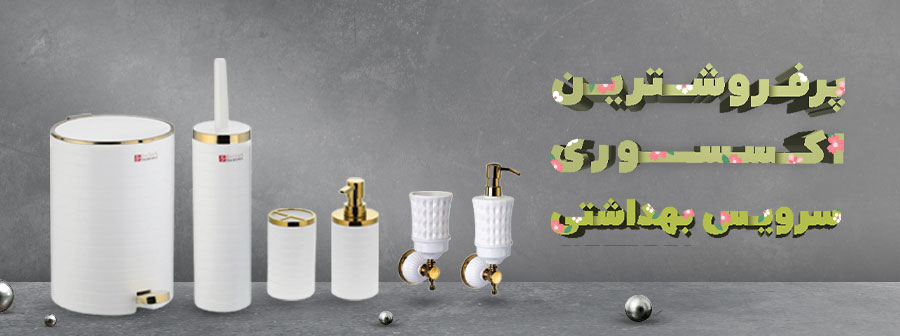
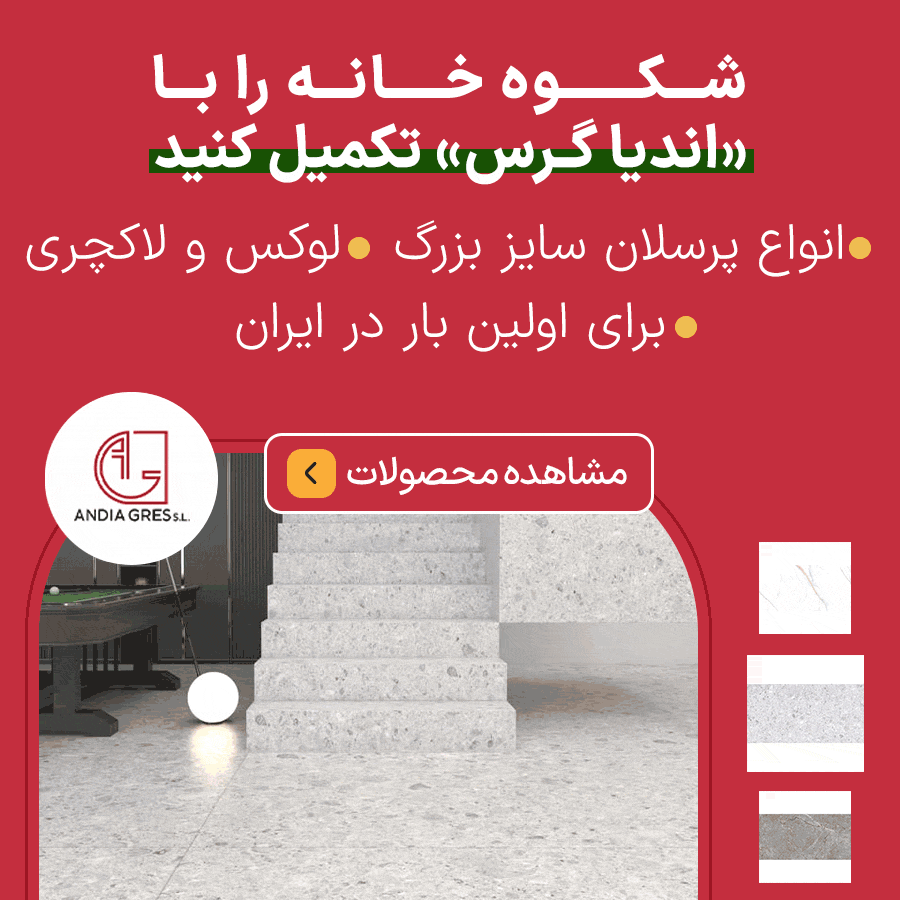
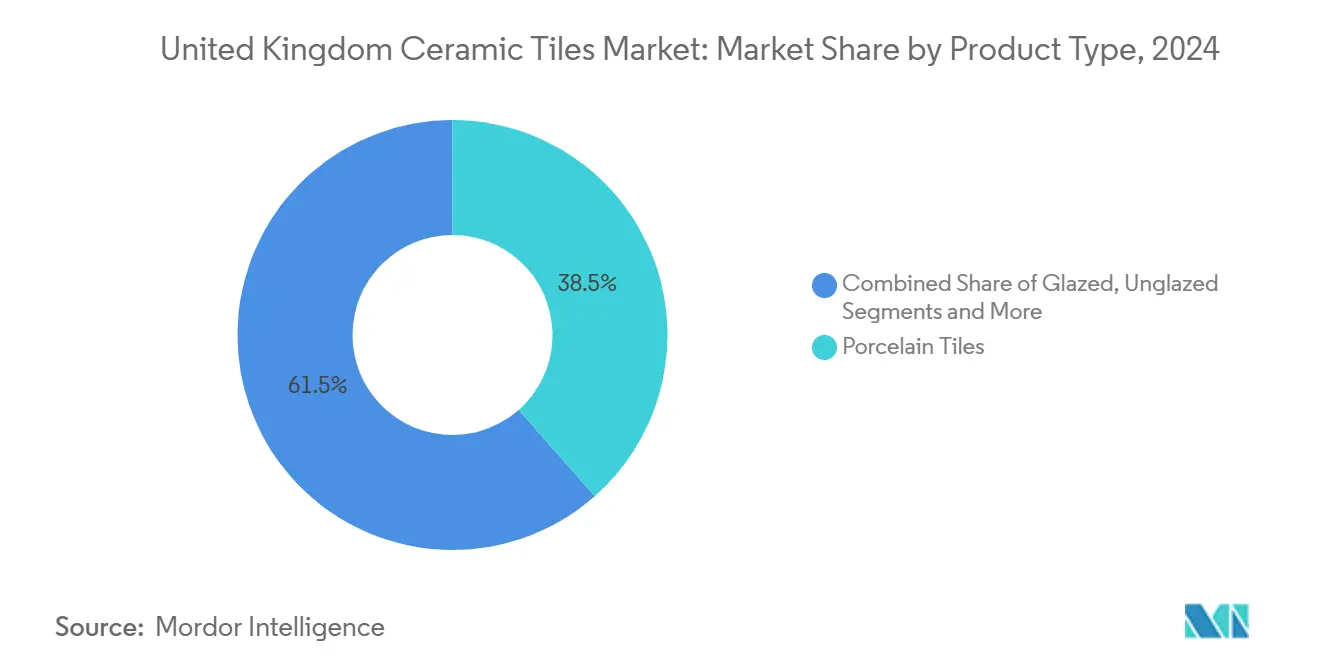
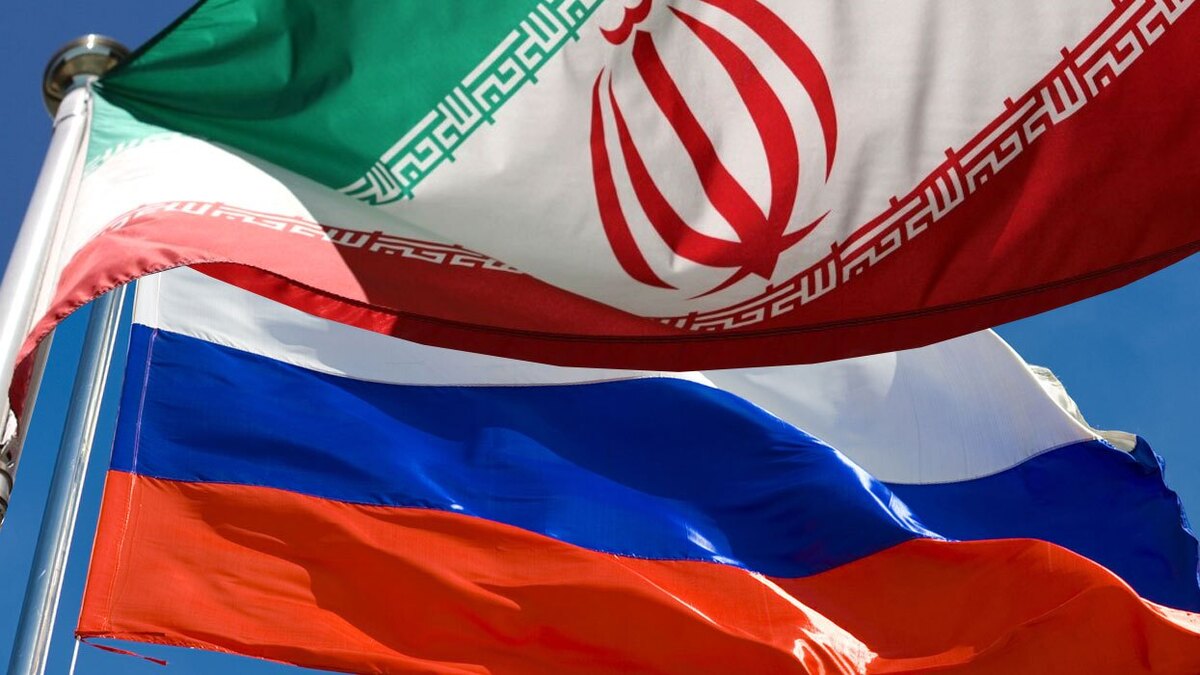


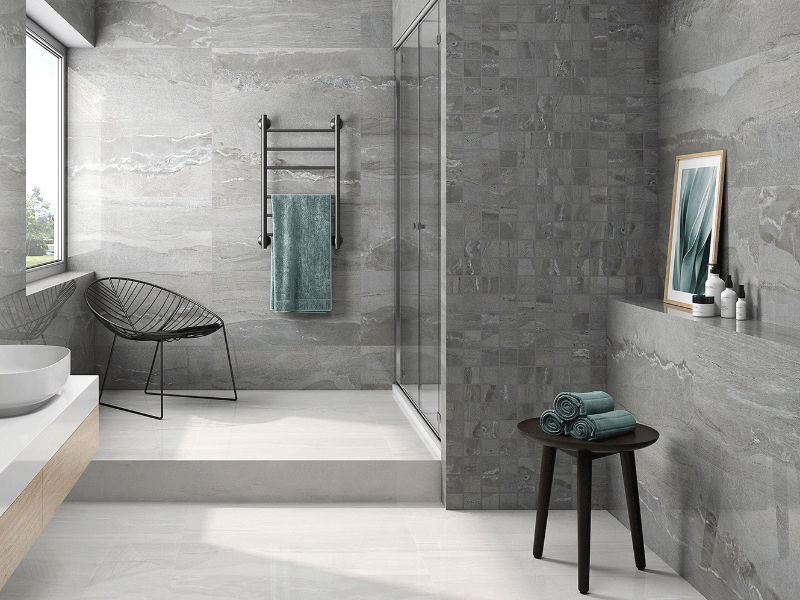
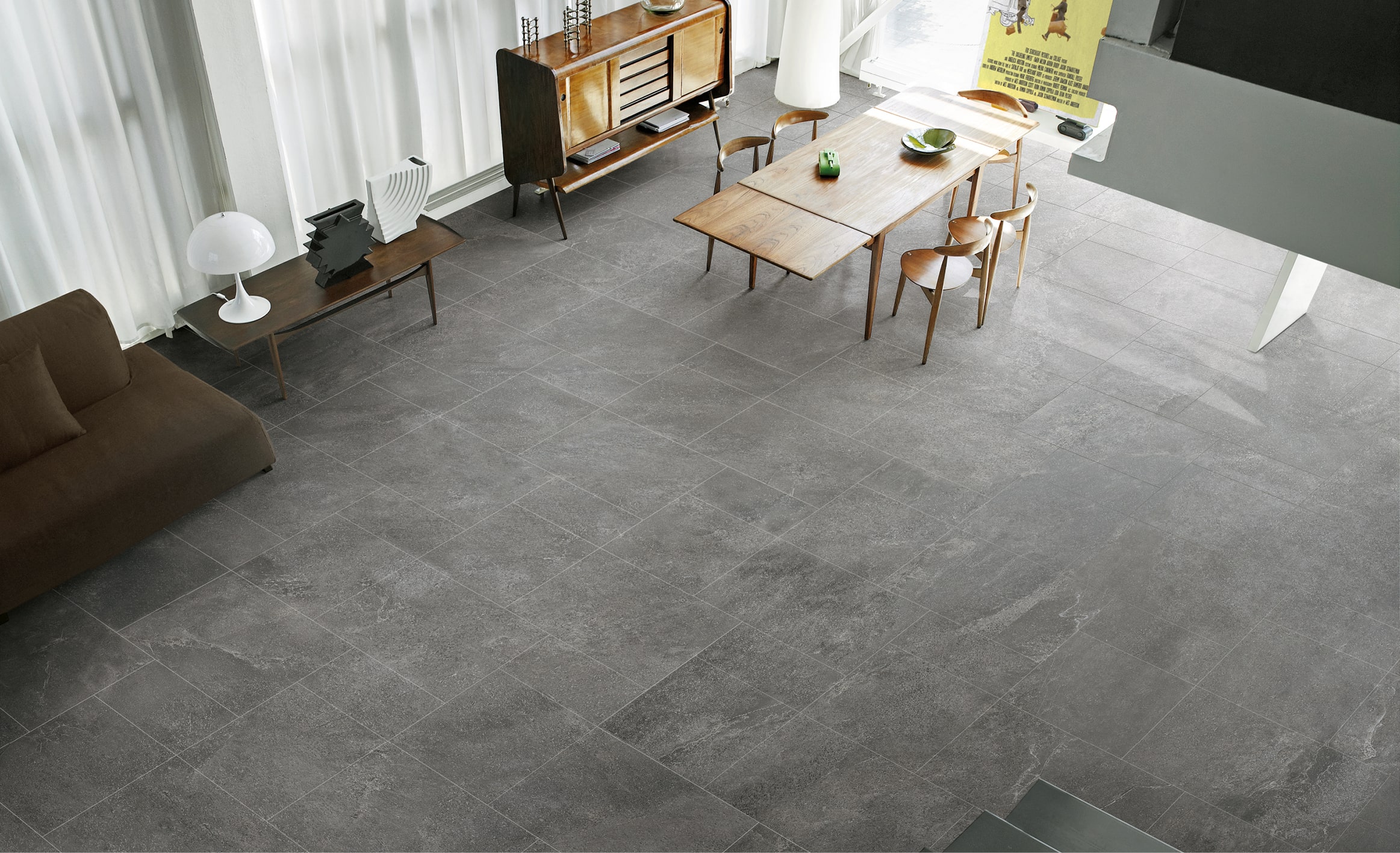
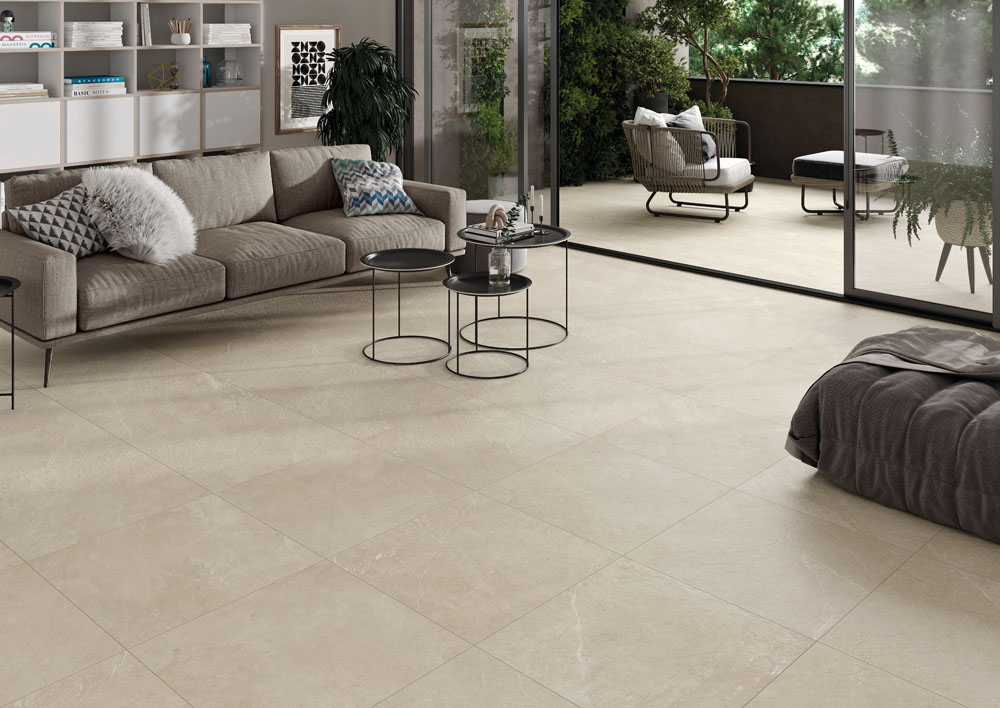
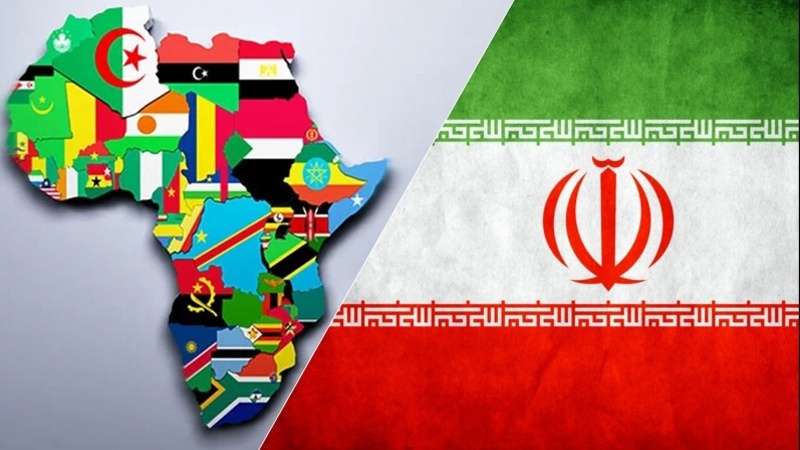
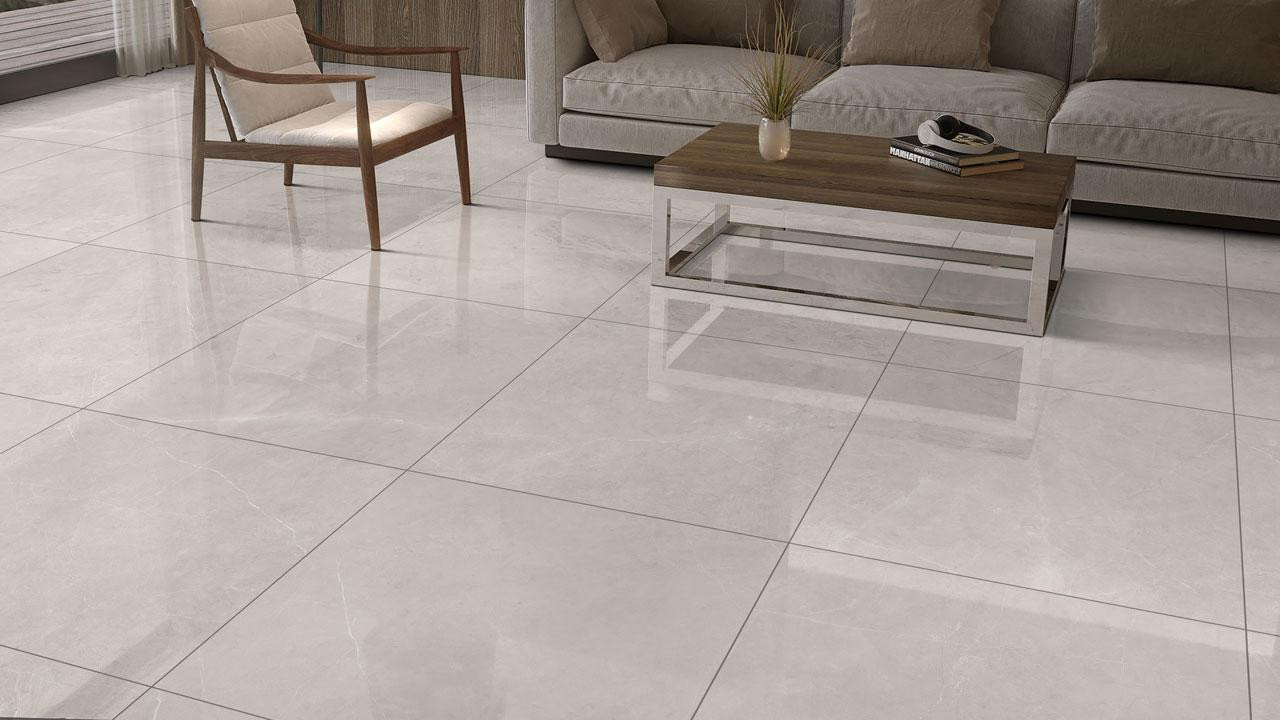
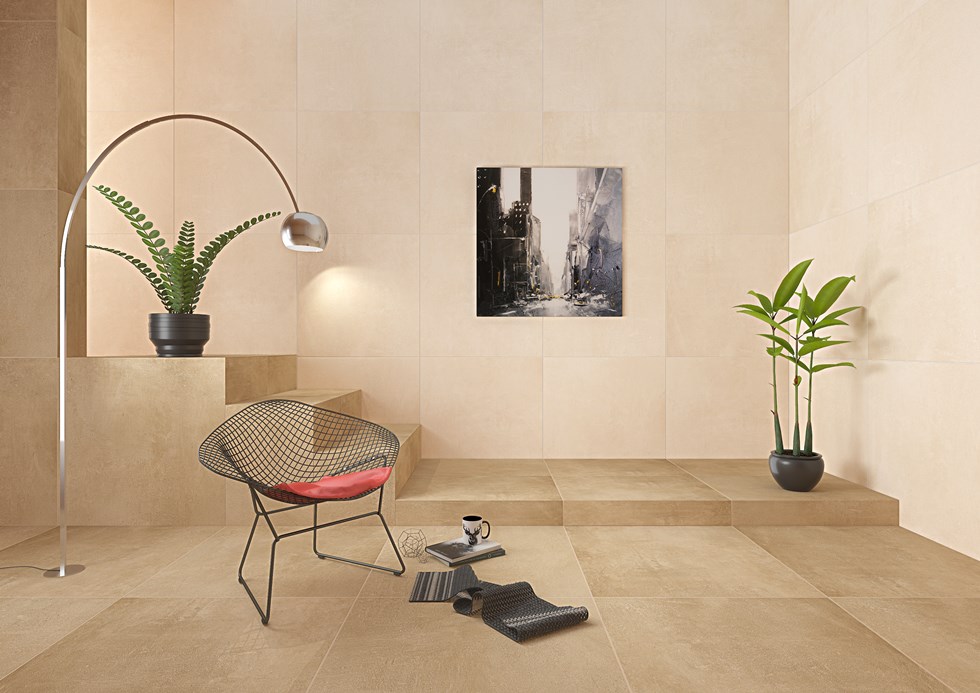
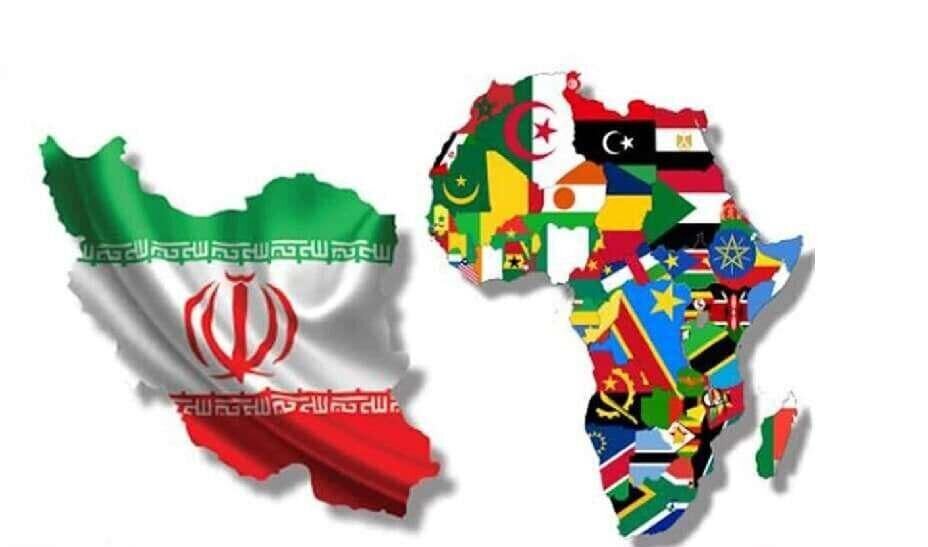
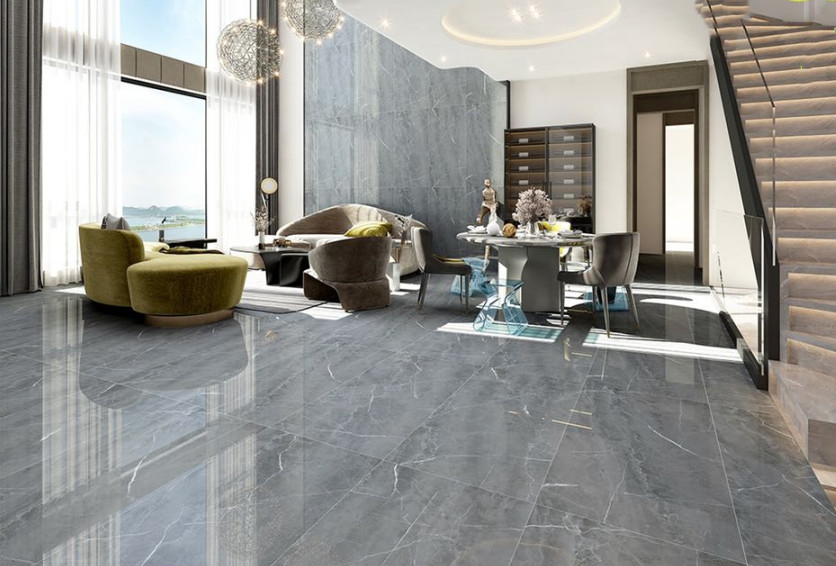


نظرات ۰